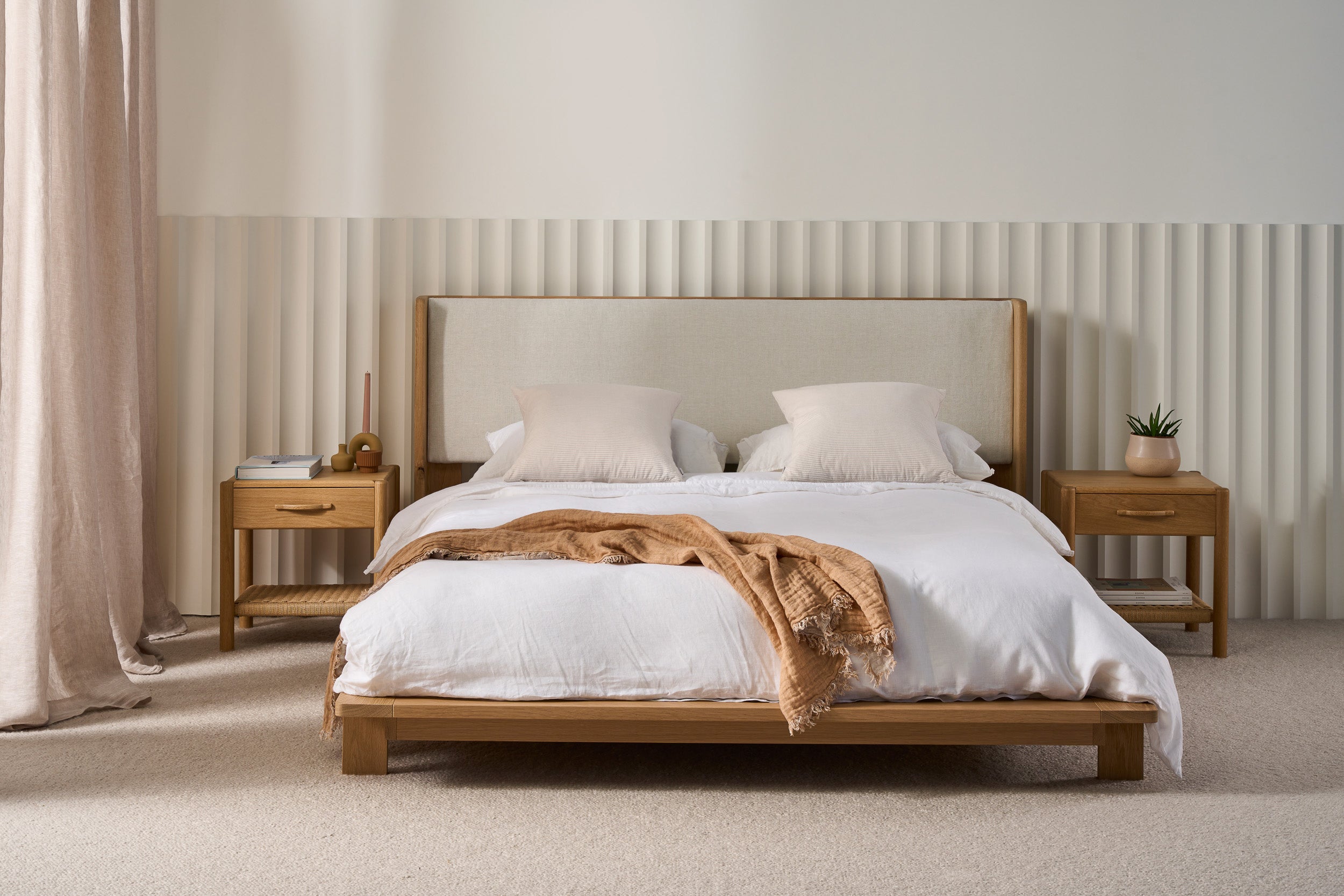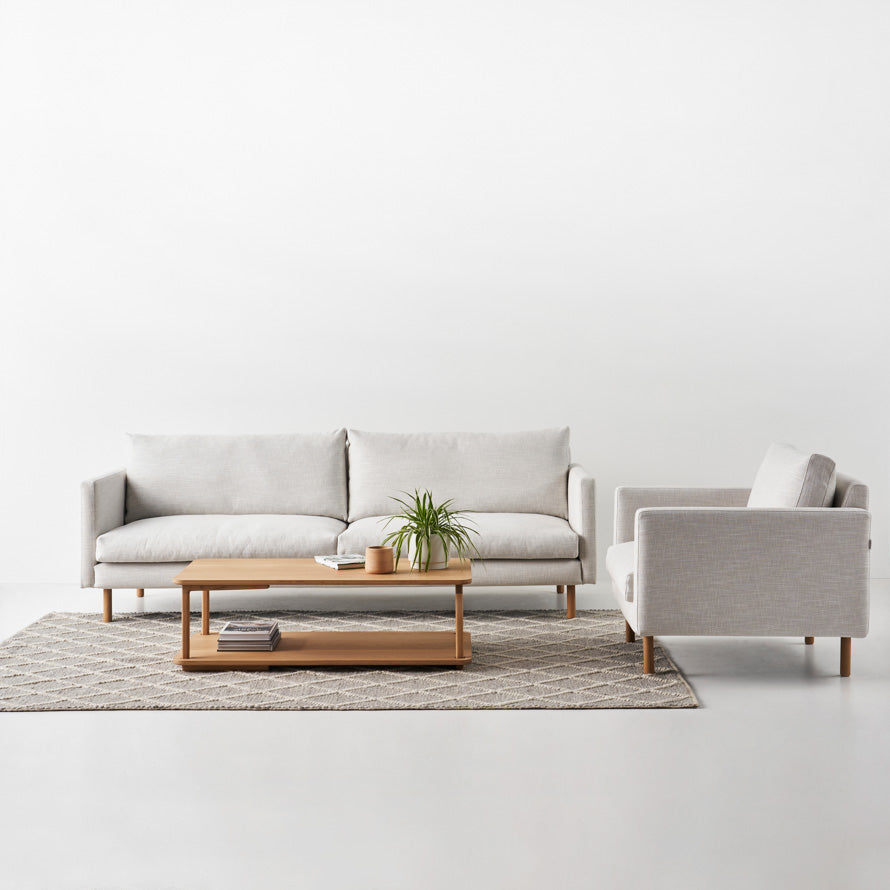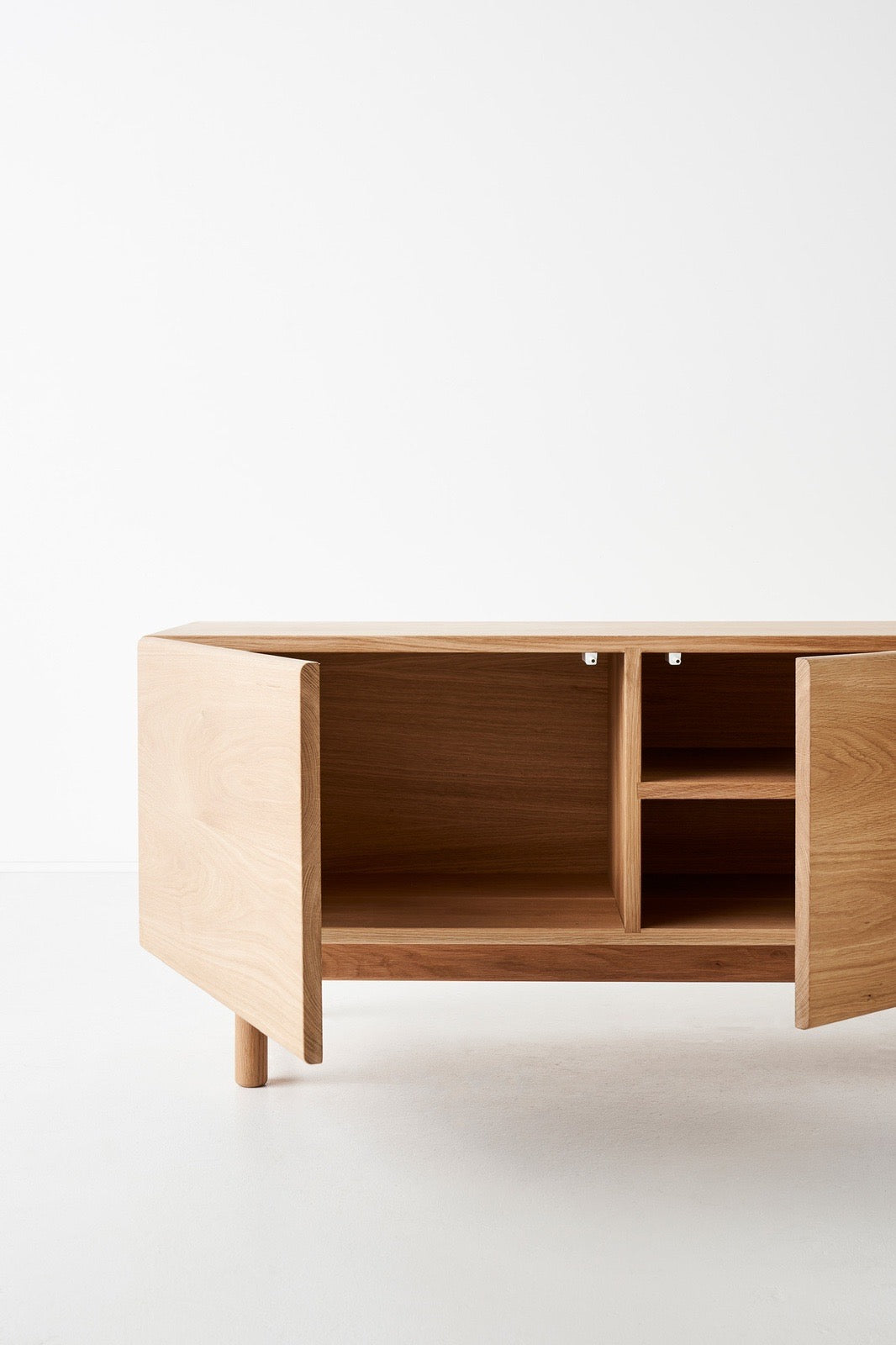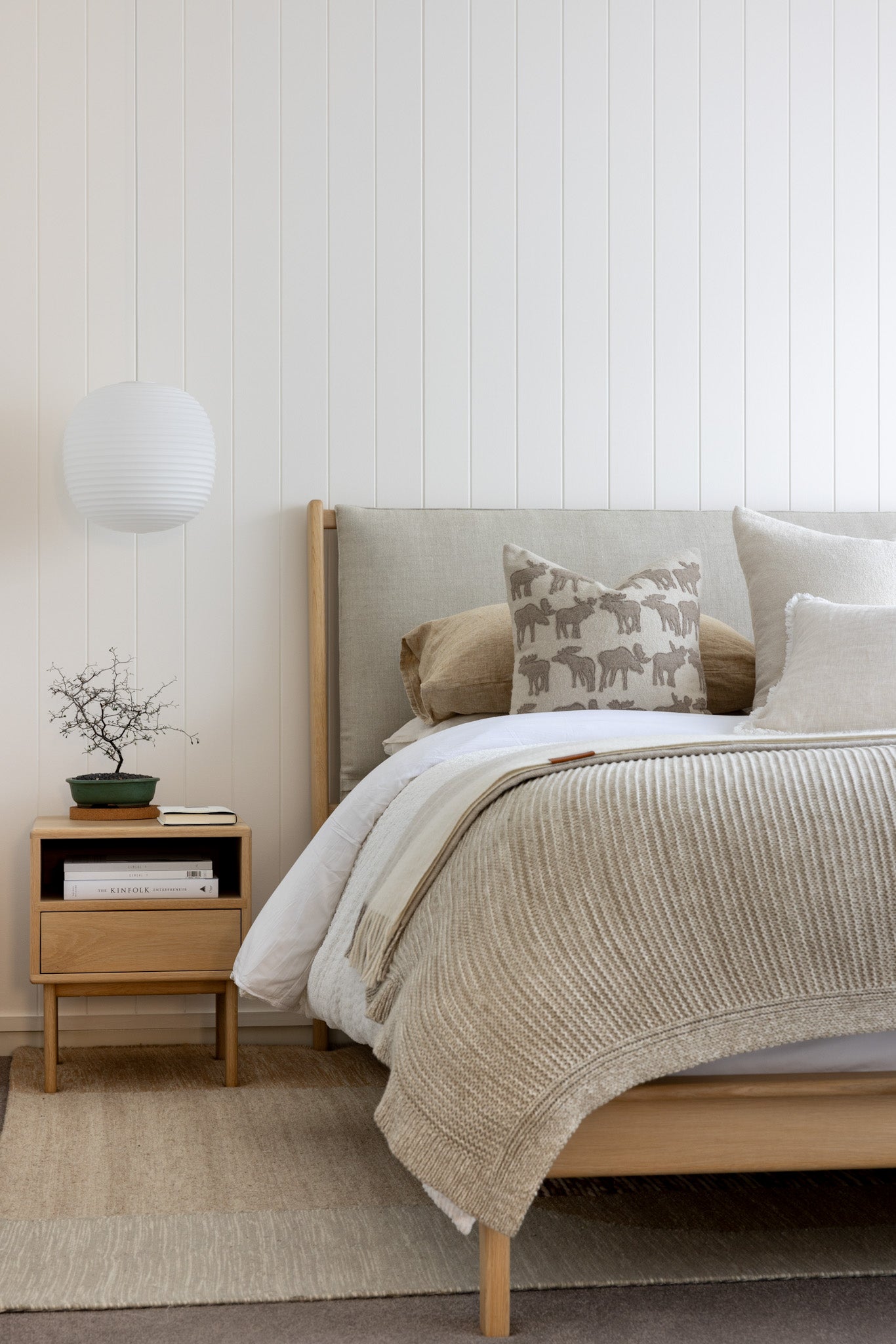Creating a home that promotes wellness is about more than just aesthetics. The design choices you make can have a significant impact on your mental and physical health. Here are some key elements to consider when designing a space that supports well-being.
Maximise Natural Light
Natural light is essential for maintaining a healthy circadian rhythm, improving mood, and boosting productivity. Here’s how to bring more natural light into your home:
- Large Windows: Install large windows or sliding doors to allow for maximum light penetration.
- Skylights: Add skylights in rooms that lack wall space for windows.
- Mirrors: Use mirrors to reflect and amplify natural light.
Incorporate Nature
Bringing elements of nature into your home can reduce stress, improve air quality, and enhance overall well-being.
- Houseplants: Place houseplants in various rooms to improve air quality and add a touch of greenery.
- Natural Materials: Use natural materials like wood and stone for furniture and decor.
- Indoor Gardens: Consider creating an indoor herb garden or mini fernery.
Optimise Air Quality
Good air quality is crucial for physical health, reducing allergies, and improving respiratory conditions.
- Ventilation: Ensure proper ventilation in all rooms, particularly in kitchens and bathrooms.
- Air Purifiers: Invest in air purifiers to remove contaminants from the air.
- Low-VOC Paints: Use low-VOC (Volatile Organic Compounds) paints and finishes to minimise indoor air pollution.
Create a Relaxing Atmosphere
A relaxing home environment can help reduce stress and promote better sleep.
- Color Schemes: Choose calming color schemes, such as soft blues, greens, and neutrals.
- Comfortable Quality Furniture: Invest in comfortable, ergonomic furniture that supports good posture and serves a purpose.
- Lighting: Use adjustable lighting to create a soothing ambiance in the evenings.
Design for Movement
Incorporating spaces that encourage movement can help you stay active and healthy.
- Open Floor Plans: Open floor plans facilitate easy movement and make spaces feel larger.
- Home Gym: Dedicate a space for exercise, even if it’s just a corner with a yoga mat and some weights.
- Standing Desks: Use standing desks or adjustable workstations to reduce the time spent sitting.
Promote Mental Health
Your home should be a sanctuary that supports mental well-being.
- Quiet Spaces: Designate quiet areas for meditation, reading, or relaxation.
- Declutter: Keep spaces organised and clutter-free to reduce stress and anxiety.
- Personal Touches: Decorate with personal items that bring joy and comfort, such as family photos or artwork.
Enhance Sleep Quality
Good sleep is essential for overall health, and your bedroom design can significantly impact your sleep quality.
- Mattress and Pillows: Invest in a high-quality mattress and pillows that provide proper support.
- Blackout Curtains: Use blackout curtains to block out light and create a dark sleeping environment.
- Noise Control: Use rugs, curtains, and soundproofing materials to minimise noise disruptions.
Smart Home Technology
Integrating smart home technology can enhance convenience, safety, and energy efficiency.
- Smart Thermostats: Use smart thermostats to maintain optimal indoor temperatures.
- Voice Assistants: Install voice-controlled devices for easy control of lighting, music, and other home systems.
- Security Systems: Enhance safety with smart security systems that include cameras, motion sensors, and alarms.
Incorporating wellness into your home design is a holistic approach that benefits both your mental and physical health. It takes time and patience. By maximising natural light, bringing in nature, optimising air quality, creating a relaxing atmosphere, designing for movement, promoting mental health, enhancing sleep quality, and integrating smart home technology, you can transform your home into a sanctuary of well-being.
Mubu x






Leave a comment
This site is protected by hCaptcha and the hCaptcha Privacy Policy and Terms of Service apply.